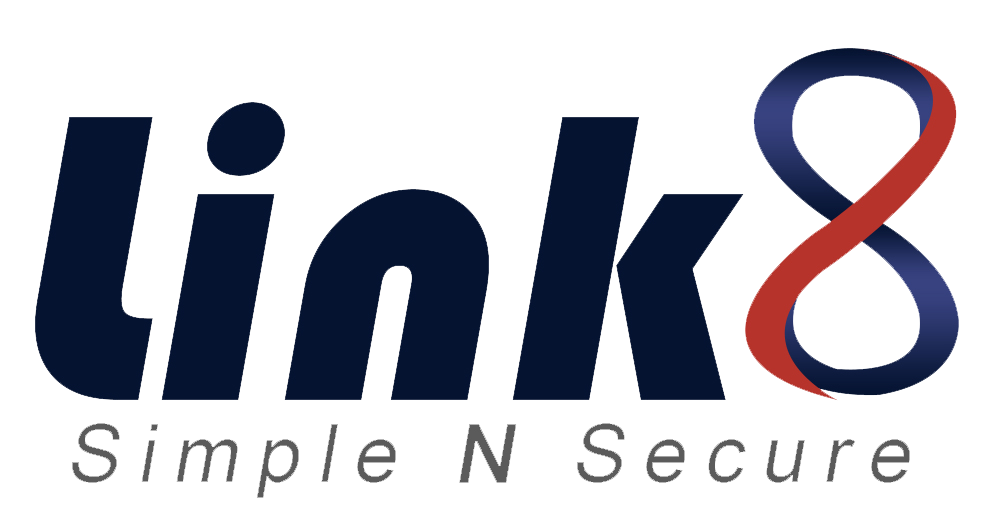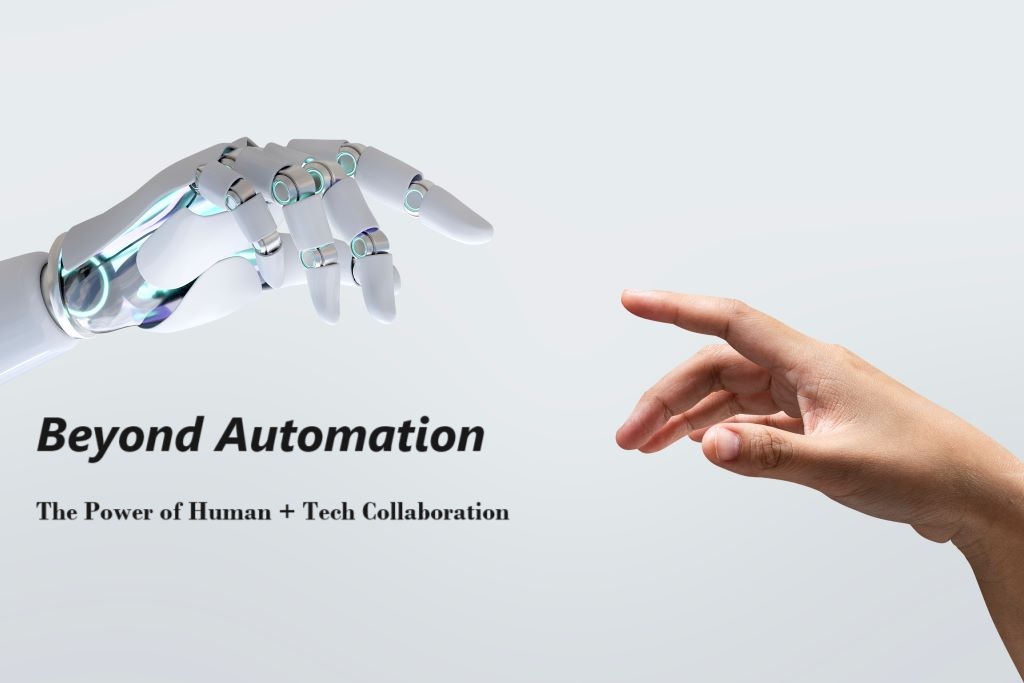The Human + Technology Equation: How Expertise & Automation Fuel Business Growth
In today’s dynamic business environment, striking a balance between human expertise and automation has become essential for achieving sustainable success. This equation holds particular significance in the realm of general business, including sales and business development, where human ingenuity coupled with the power of technology can unlock exceptional results. Let’s delve deeper into this intricate relationship and explore how both elements contribute to increasing revenue and driving growth:
The Power of Human Expertise
While automation offers undeniable benefits, certain aspects of business success remain firmly rooted in human expertise. Here’s why:
- Strategic Decision-Making: Complex business scenarios often require critical thinking, judgment, and adaptation. Humans excel in analyzing market trends, identifying opportunities, and formulating tailored strategies. This ability to navigate ambiguity and make effective decisions is crucial for overcoming challenges and achieving business objectives.
- Problem-Solving and Innovation: Human beings are naturally creative and resourceful. They can develop innovative solutions to unexpected problems, adapt to changing circumstances, and find new and improved ways to operate. This creative problem-solving element remains a vital aspect of thriving in a dynamic business landscape.
- Building Relationships and Fostering Trust: Humans possess an innate ability to connect with others on an emotional level. Through effective communication, active listening, and empathy, individuals can build trusting relationships with colleagues, partners, and customers. These relationships are the cornerstone of successful collaboration and long-term business partnerships.
Automation: A Powerful Tool, Not a Replacement
The rise of automation doesn’t signify the demise of human jobs. Instead, it presents a valuable opportunity to empower and enhance human capabilities:
- Streamlining Repetitive Tasks: Tasks like data entry, scheduling meetings, generating reports, and managing basic customer interactions can be automated, freeing up valuable human time. This allows individuals to focus on higher-level activities like strategic planning, building relationships, and engaging in creative problem-solving.
- Enhanced Data-Driven Decision Making: Automated tools can analyze vast amounts of data, identifying trends, patterns, and insights. This data-driven approach empowers individuals to make informed decisions about resource allocation, marketing strategies, and product development.
- Improved Efficiency and Productivity: Automation can streamline workflows and reduce human error, leading to increased efficiency and productivity across various departments. This allows businesses to complete tasks faster, deliver better results, and ultimately, achieve their goals more effectively.
The Synergy: A Recipe for Success
The true power lies in harnessing the unique strengths of both human and technological elements. By fostering a collaborative environment where expertise and automation work hand-in-hand, organizations can unlock their full potential:
- Sales Representatives: Utilize CRM software to gain customer insights, personalize interactions, and track progress efficiently. This data-driven approach allows them to tailor communication and strategies for optimal results.
- Marketing Professionals: Leverage automation platforms to manage email campaigns, social media engagement, and personalize content for different customer segments. This frees them to focus on developing creative campaigns and engaging with potential customers on a deeper level.
- Business Leaders: Employ data analytics tools to identify areas for improvement, optimize operations, and make informed decisions about future investments. This data-driven approach fosters efficient resource allocation and strategic growth.
Challenges and Considerations:
While the “Human + Technology Equation” holds immense potential, it’s essential to acknowledge the challenges associated with its successful implementation. These include:
- Resistance to Change: Addressing this through transparent communication, training, and showcasing the benefits of automation can foster a positive transition.
- Misalignment of Skills and Automation: Upskilling and reskilling initiatives ensure employees can adapt and thrive alongside automation.
- Bias and Ethical Implications: Prioritizing fair and responsible practices through ethical guidelines and data scrutiny is crucial.
- Overreliance on Automation: Striking a balance between automation and human involvement is essential to maintain human creativity and critical thinking skills.
- Integration and Implementation Costs: Careful planning, cost-benefit analysis, and phased implementation ensure a financially responsible transition.
Examples Across Different Business Functions:
- Human Resources: Automate routine tasks like payroll processing and benefits administration, freeing up HR professionals to focus on talent acquisition, employee engagement, and training and development initiatives.
- Finance: Utilize automated accounting software to streamline financial reporting and manage cash flow, allowing finance professionals to focus on financial analysis, risk management, and strategic financial planning.
- Customer Service: Implement chatbots to answer basic customer inquiries and resolve simple issues 24/7, allowing customer service representatives to focus on handling complex problems and building positive customer relationships.
Conclusion:
By recognizing the complementary nature of human expertise and automation, businesses can create a winning formula for driving growth across all levels. This “Human + Technology Equation” empowers individuals, enhances operational efficiency, and lays the foundation for sustainable success in the ever-evolving business landscape.


